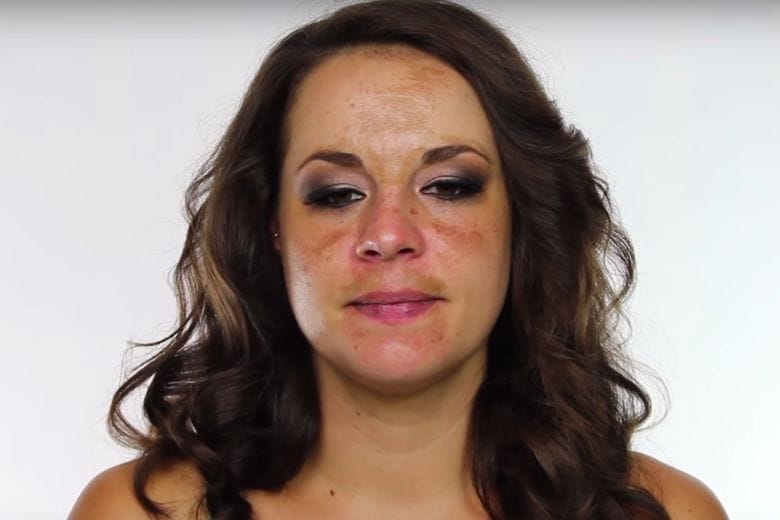Pigments spots on your skin can have several different causes
Pigment spots: some think of them as beautiful and unique while others would rather be rid of them. But how come that some people have many of them while others don’t have any? We’ll explain exactly what causes this pigmentation and what you can do about it if you would want to.
There are several different factors that can cause pigment spots.
Pigment spots
Pigment spots are discolourations of the skin that can happen on any part of the body. They arise when skin cells make extra melanin (pigment). The colour of the spots can vary from very light brown to black. They’re often no bigger than a few square millimetres.
Causes
Pigment spots can have multiple different causes:
1. Sunlight
In a lot of cases, pigment spots develop later in life due to the ageing process or excessive exposure to sunlight. They often appear in visible places on the body, like the face, cleavage or hands, since those have been exposed to UV radiation more.
2. Hormones
Hormonal imbalances can also cause pigment spots. Using birth control pills or being pregnant can cause the female hormones estrogen and progesterone to lead to the overproduction of pigment. That’s why especially pregnant women often get spots in their face, which is also sometimes called ‘pregnancy mask’.
3. Medical conditions
Discolourations of the skin can also be the result of certain illnesses or diseases. People who suffer from vitiligo, for example, don’t produce any pigment in certain spots, which causes white spots to appear on their skin. Metabolic disorders or vitamin C deficiencies can also cause pigment spots to appear. Chemotherapy or antibiotics can also cause discolourations.
Go to the next page to read about how you can prevent pigment spots from appearing on your skin.
Page 1 of 2
